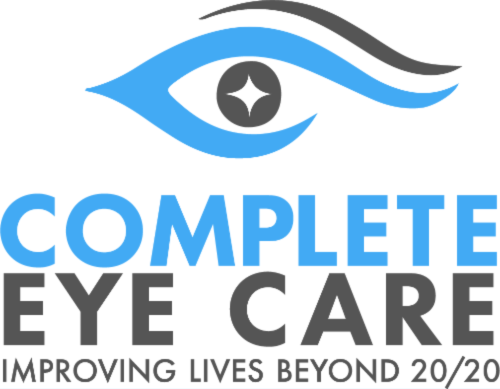What are Primitive Reflexes?
Primitive reflexes are automatic stereotypic movements directed from the brainstem and require no cortical involvement (thought). They are needed for survival and development in the womb and in the early months of life. From very early on in utero, primitive reflex movements literally help develop the brain. The movements lay down patterns of neural networks and assist in myelinization of pathways that allow the connection of various areas of the brain. These connections are so important later on for learning, behavior, communication, relationships and emotional well-being.
These primitive reflexes surface in utero and in infancy and become inhibited as the movements do their job and become more practiced and controlled. When a baby has been given the opportunity to develop freely and naturally, the primitive reflexes will integrate and no longer be active. When the primitive reflexes remain active, then many difficulties can emerge.
What happens if Primitive Reflexes don’t go away?
If the Primitive Reflexes are retained past the first year of life, they can interfere with social, academic, and motor learning. Children with learning disorders, ADHD, autism spectrum, and various other neurodevelopmental disorders are known to have retained primitive reflexes contributing to their symptoms and level of dysfunction.
Causes of Retained Primitive Reflexes
Retention of primitive reflexes can be caused by a variety of factors. The birth process is a key factor in the integration of these reflexes; therefore, a traumatic birth experience or birth by C-section may lead to retained reflexes. Additional causes can include: falls, traumas, lack of tummy time, delayed or skipped creeping or crawling, chronic ear infections, head trauma, and vertebral subluxations. Reflexes that are completely integrated can later reactivate because of trauma, injury, toxins, and stress.
Types of Primitive Reflexes:
• Moro Reflex: The Moro reflex acts as a baby’s primitive fight/flight reaction and is typically replaced by the adult startle reflex by four months old. If a child experiences a retained Moro reflex beyond four months, he may become over sensitive and over reactive to sensory stimulus resulting in poor impulse control, sensory overload, anxiety, and emotions and social immaturity. Some additional signs of a retained Moro reflex are motion sickness, poor balance, poor coordination, easily distracted, unable to adapt well to change, and mood swings.
• Palmer Reflex: The Palmer reflex is the automatic flexing of fingers to grab an object and should integrate by six months. If the Palmer reflex is retained, a child may have difficulty with fine motor skills, stick out tongue while writing, and exhibit messy handwriting.
• ATNR: Asymmetrical tonic neck reflex (ATNR) is initiated when laying babies on their back and turning their head to one side. The arm and leg of the side they’re looking should extend while the opposite side bends. This reflex serves as a precursor to hand-eye coordination and should stop by six months.
• Spinal Galant Reflex: The Spinal Galant reflex happens when the skin along the side of an infant’s back is stroked and the infant will swing towards that side. This reflex helps with the birthing process and should inhibit between three and nine months. If it persists, it may affect a child’s posture, coordination attention and ability to sit still. Retention of the Spinal Galant reflex is also associated with bedwetting.
• TLR: The Tonic Labyrinthine reflex (TLR) is the basis for head management and helps prepare an infant for rolling over, creeping, crawling, standing and walking. This reflex initiates when you tilt an infant’s head backwards while placed on the back causing legs to stiffen, straighten and toes to point. Hands also become fisted and elbows bend. It should integrate gradually as other systems mature and disappear by 3 1/2 years old. If retained, the TLR can lead to poor muscle tone, tendency to walk on toes, motion sickness, and poor balance.
Primitive Reflex Treatment:
When primitive reflexes haven’t integrated within the appropriate time frame, it is important to revisit the missing developmental stages. Specific movement activities will help rebuild the foundation and create new neural pathways. A primitive reflex integration program involving specific movement patterns makes it possible to retrain the brain. Such programs are directed by developmental optometrists, occupational therapists, or other developmental specialists trained in reflex integration.
Signs of Retained Reflexes
- Poor impulse control
- Fidgeting
- Poor dexterity
- Interrupted eye tracking
- Toe walking
- Motion sickness
- Difficulty changing gaze from far to near
- Poor posture
Eagle Canyon Wellness and Sensory Development Center, Copyright 2010.
Brain Balance Achievement Centers. Retained Primitive Reflexes as a Sign of Brain Imbalance. http://www.brainbalancecenters.com/blog/2014/09/retained-primitive-reflexes-sign-brain-imbalance/ Accessed July 2016.
Brain Fitness Strategies. Integrating Primitive Reflexes. http://www.brainfitnessstrategies.com/juggling-brain-development/rhythmic-movement/primitive-reflexes.html Accessed July 2016.
